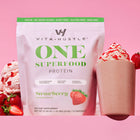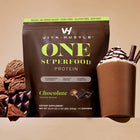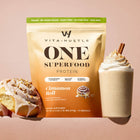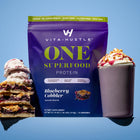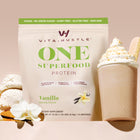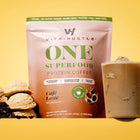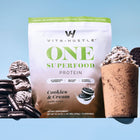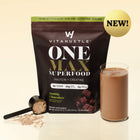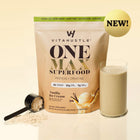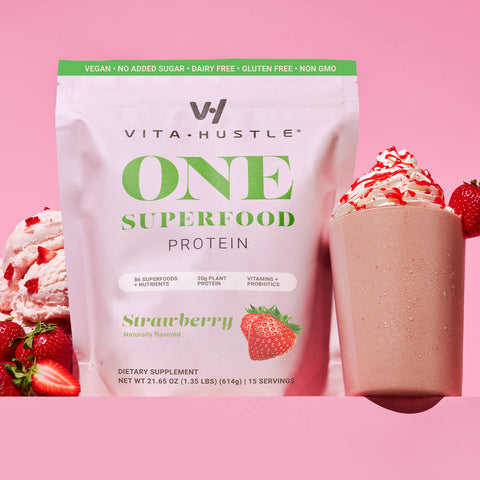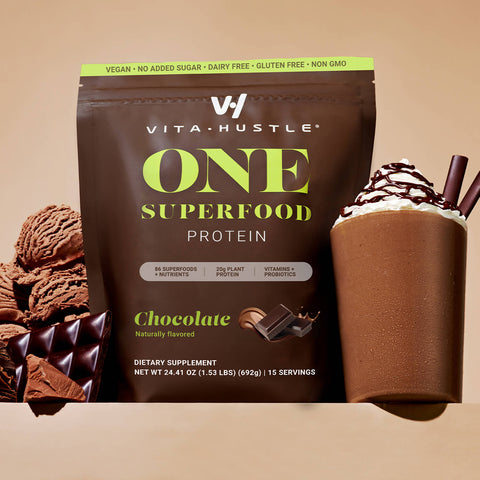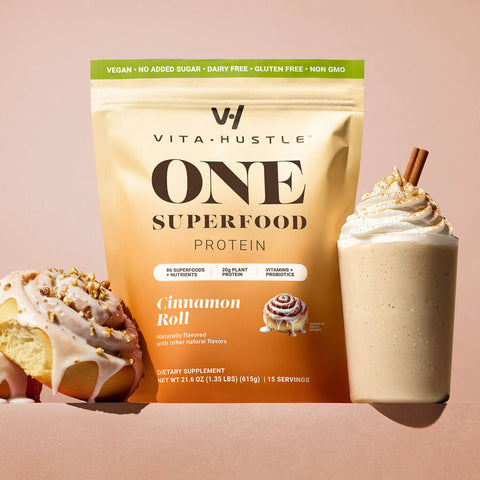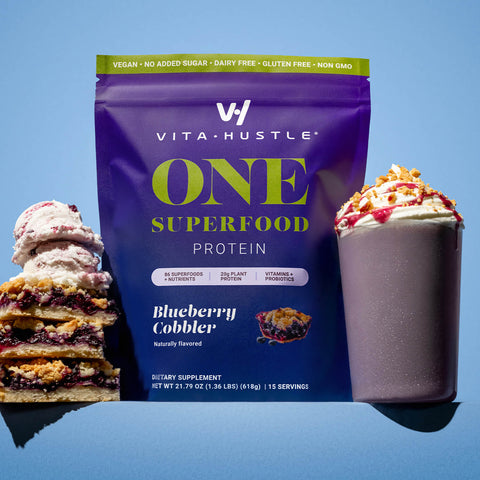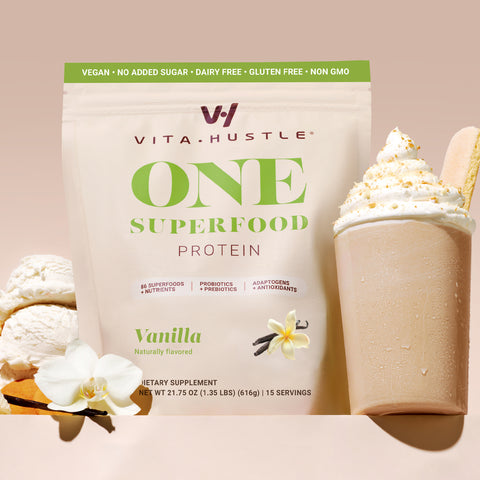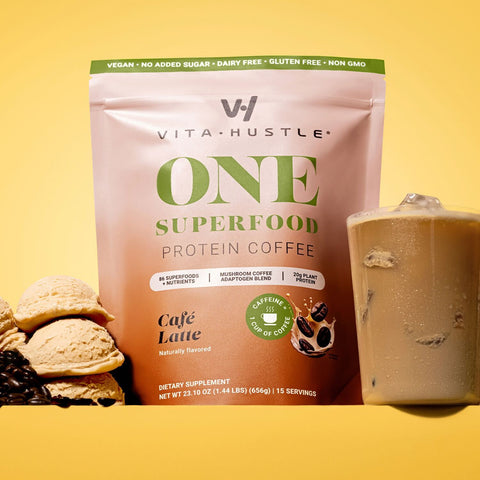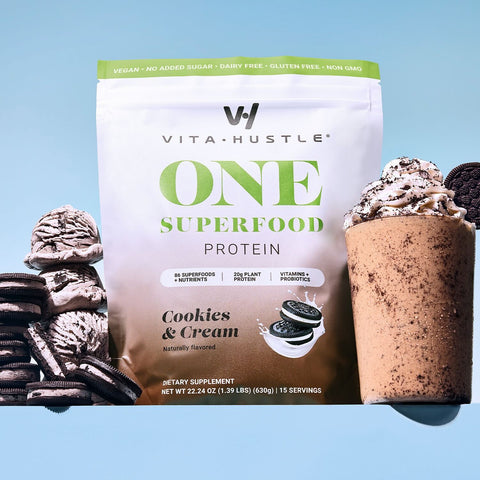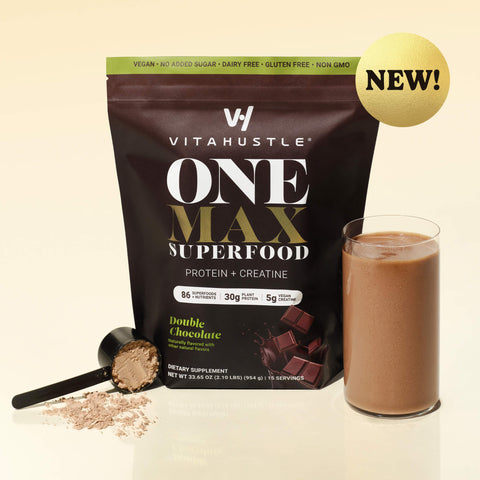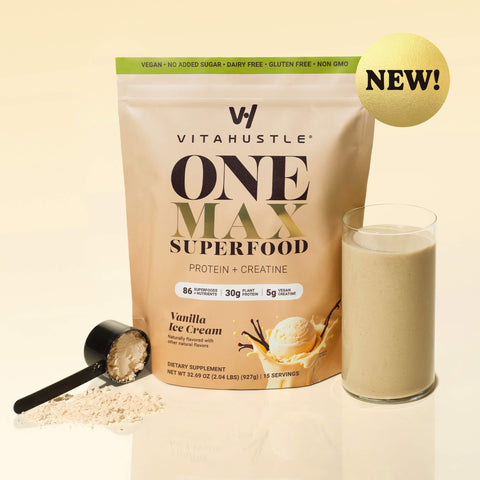Strong fundamental skills are the recipe for success in any field, and sports supplements are no different. That’s why a multivitamin should be everyone’s first foundational supplement. A close second is a good protein powder.
When it comes to building muscle, and for many other reasons, whey protein is the undisputed champion of protein powders. (Incidentally, if you choose to eat a plant-based diet, or you cannot tolerate milk protein, there are a number of very good protein powder options that can support an active lifestyle.) If you are looking for a whey-based product but are stumped by the fancy names and scientific vernacular, we have a handy guide for you.
Why Whey?
Whey protein is a fitness industry standard because years of both scientific and anecdotal evidence has shown that it helps build muscle, enhance the immune system, and fight hunger. First and foremost it has been proven to be safe and effective at boosting performance in athletes.1 And, while it has long been the favorite supplement of bodybuilder and gym rats, it’s also been shown to enhance recovery in marathoners and triathletes.2 For years, studies on whey protein had been conducted on male subjects, leading some to wonder if whey was either only for men or would somehow make women too bulky. A recent study showed that women who consumed whey protein added muscle (the benefits were more pronounced when the women were cutting calories), but nothing that could be considered “bulky.”
Whey Protein Concentrate (WPC):
A product must be between 29 and 89 percent protein by weight to be called whey protein concentrate. Almost all commercial WPCs are at least 80 percent protein. The remaining 20 percent is a combination of carbs, fat, and moisture. These carbs and fats (usually a couple of grams apiece, about 30 added calories on average per serving) give whey protein concentrate a very pleasant taste and mouth-feel. WPC is typically more affordable than other kinds of whey and is perfect if you are on a budget or are in a maintenance phase of your training where a few extra calories don’t make a difference.
Whey Protein Isolate (WPI):
Whey protein isolate is over 90 percent protein and contains almost zero sugars and fats. In fact, there is so little milk sugar in a WPI that people with lactose intolerance can usually consume it without issue. Because WPI is so pure, it tends to be more bitter than WPC. That’s why WPIs are often used in fruit-flavored products because the citric acid can balance out the bitterness. You’ll pay for the purity, as WPIs are a bit more expensive than WPCs, but it’s an excellent choice for anyone who is on a keto diet or who may be stringently counting daily grams of carbs, fat, or calories.
Whey Protein Hydrolysis (WPH):
Hydrolyzed whey protein is whey that has been broken down into smaller factions through a process called enzymatic hydrolysis. This results in a product that is easier to digest than other whey proteins and gets to your muscles quickly. These smaller protein factions, known as dipeptides and tripeptides, are biologically active and can cross the gut and stimulate receptor sites in many different cells. A number of studies have found that WPH can decrease blood pressure in hypertensive patients, lower cholesterol, improve immune function, and offer protection from certain cancers.4 WPH also possesses unique fat-burning benefits. A study published in The Faseb Journal found that trained college-aged women lost more fat when they took WPH than those who consumed whey protein concentrate.5 WPH is more expensive than other protein powders, but for anyone with digestive issues, athletes who are doing multiple workouts a day and need the fastest protein they can find, or those interested in its many health-promoting effects, WPH could be worth every penny.
Whey Protein Blends:
Many manufacturers include a mix of protein types in their whey formula. This tends to be the best of all three worlds. You get the pleasant taste and texture of whey protein concentrate, a slightly purer protein with the inclusion of whey protein isolate, and the rapid absorption and bioactive peptides of the hydrolyzed whey. (Incidentally, labeling laws dictate that ingredients are listed in order of volume, meaning the product will contain the most of the first ingredient, then the second and so on.) If you don’t have a serious milk allergy or an aversion to a few grams of carbs, a whey blend is often a smart choice.
